How to Score a Schengen Visa with Indian Passport from the US
I want to share my experience of applying for Schengen visa on Indian passport from the US. I hope this information helps some of you This is specifically for Indian nationals living outside of India. I planned for a 12 days trip to Italy and French. 3 days in Paris and rest in Italy. My […]
The Coconut Hill of Mirissa: Is It Worth a Visit?
In the coastal areas of Asia, fonds Coconut trees sway in joy. The large stalks reflect the lights of the setting sun. The ancient roots hold onto the eroding soil along the sea line. It stops the aggressive ocean, and supports generations of farmers. No wonder, the Coconut tree is regarded as the Tree of […]
Grand Canyon: First Impression
One of my office colleagues had visited the Grand Canyon. Pictures on social media from his trip inspired me to plan a trip to the canyons. I also recall a friend stating this is where the last of the first nation lives and breathes to date. It has been a little more than a year […]
Ultimate Guide to visit Kenya: Masaimara, Travel Tips & Itinerary
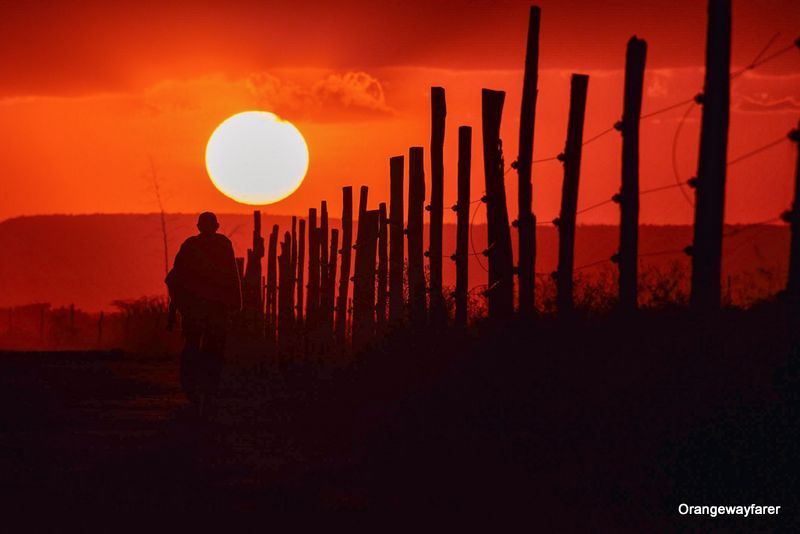
Why Visit Kenya It is a dream for many to visit the Great African Safari. Kenya is one of the best places to start that journey. An East African country, Kenya is famous for its existing tourism and hospitality infrastructure. Hospitality partners in Kenya have been welcoming guests since the era of the British colonial […]
Danakil Depression Ethiopia- Why Tourists love this harsh landscape in Africa?
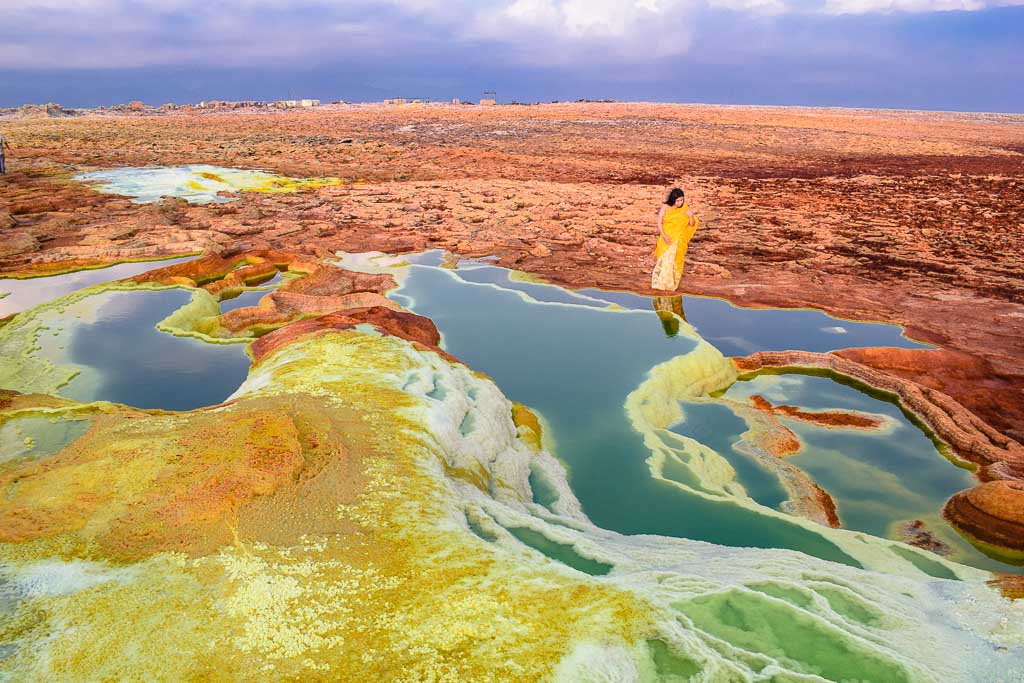
A complete guide to plan a backpacking trip to Danakil Depression, Ethiopia. Hiking atop a Lava lake in the pitch dark of a moonlit night, camping under a sky that showed off a star studded galaxy at the middle of the night, walking along the banks of an ancient Sulphur lake that felt and smelt […]
Imperial City and the Sleeping Dragons: Best Things to do in Hue
The Imperial City of Hue The imperial city is located in the Thua Thien Hue province of Hue. It is a prominent historic sight. The moat and ten ornate gates guard the palace and maintain its integrity. It’s called The Citadel. The imperial city is located inside the citadel. The South Gate, called the Meridian […]
Why you should add the Amazon to your bucket list
(Image via https://twitter.com/WiseItravel) There are plenty of amazing escapades we can embark on in the modern world, although not many of them come close to experiencing life in the Amazon rainforest. A dream for so many people, exploring the Amazon’s environment is the trip of a lifetime. From its ridiculous amount of biodiversity to […]
দারুচিনির দ্বীপ, শ্রীলংকা
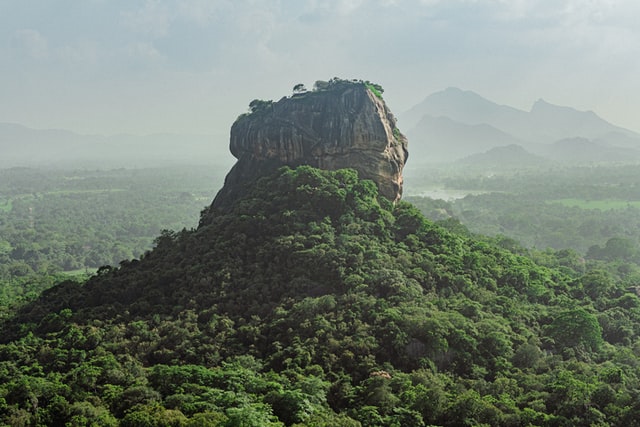
গত ডিসেম্বর মাসে দু সপ্তাহের জন্য ঘুরে এলাম দারুচিনির দ্বীপ, শ্রীলংকা। তখন সবে সবে লকডাউন উঠেছে, শ্রীলংকা সরকার এই তীব্র অর্থনৈতিক সংকটের মধ্যে পড়েনি। শীতের রাশিয়া থেকে পরিযায়ী মানুষগুলি ভারতের গোয়াতে তাদের চার্টার প্লেন নামাতে পারেনি, তাই রাস্তা বদল করে চলে এসেছে শ্রীলংকার দক্ষিণ উপকূলে। ইউরোপিয়ান বা আমেরিকানরা কিন্তু তখনও পূর্ব গোলার্ধে আসার সাহস সঞ্চয় […]
Ultimate Travel to Visiting Sri Lanka for 2 Weeks: Itinerary, Travel Tips
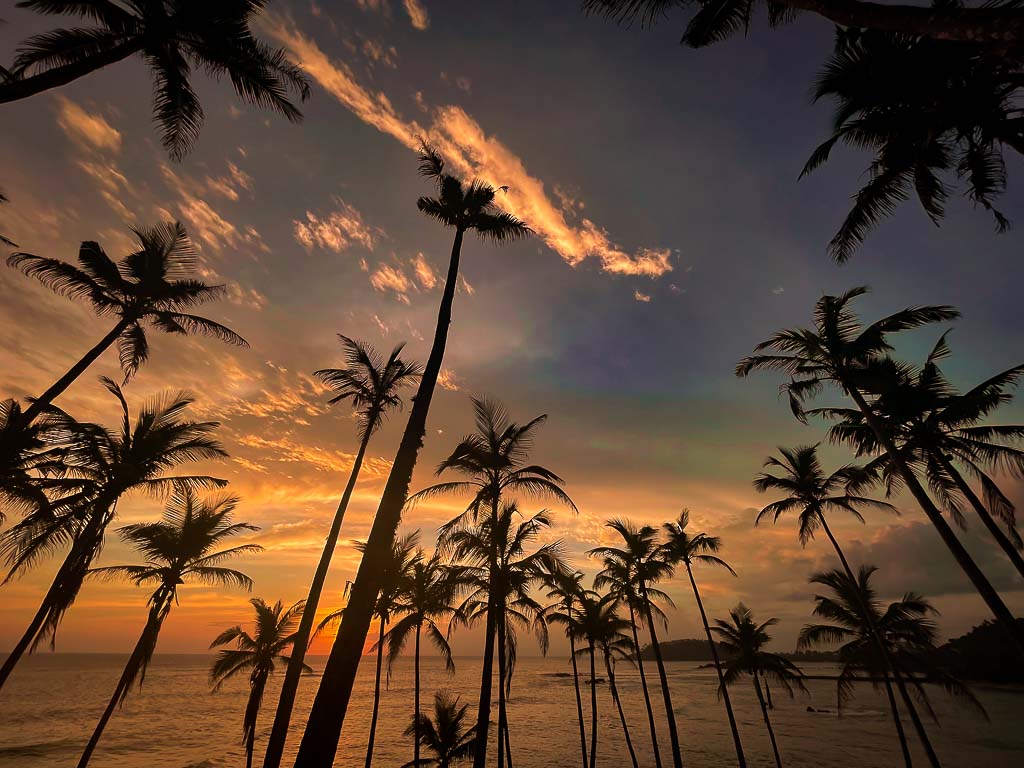
About this blog: We spend the end of December 21 in Sri Lanka for two weeks, traveling from Colombo to down south, exploring the island’s culture, tea plantation, central highlands and ethereal beaches by the Indian ocean. I hope this itinerary helps you chalk out your customized plan to explore Sri Lanka. In case you […]
7 essential Travel Tips before you Visit Saudi Arabia
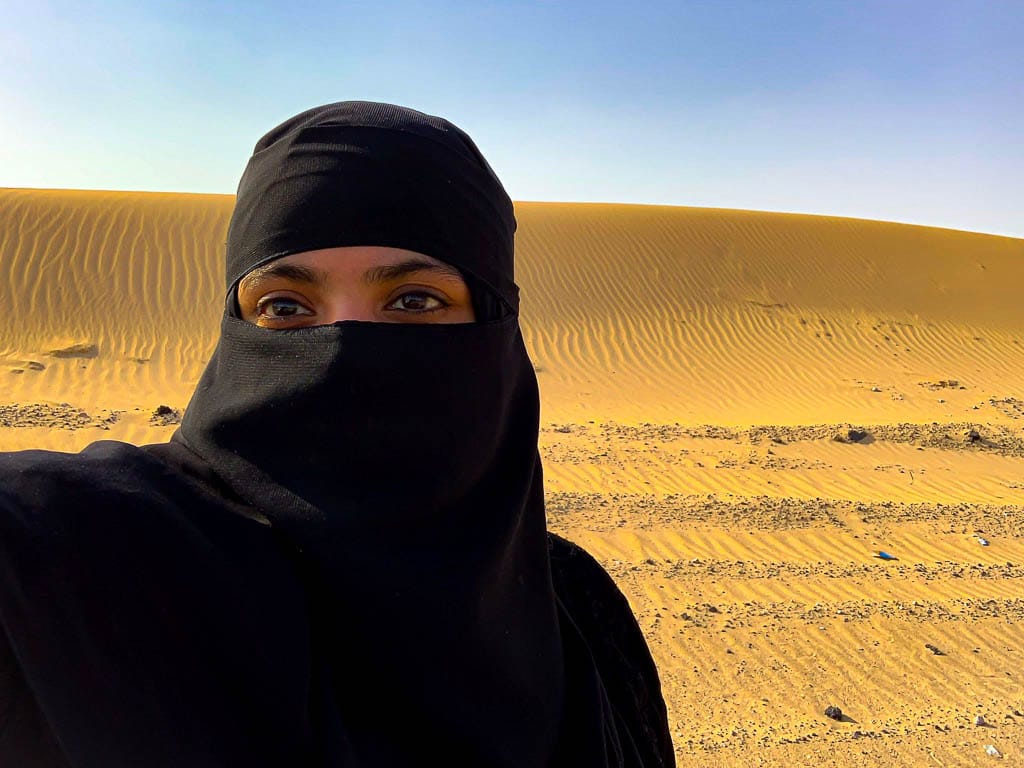
eesntial travel tips to visit Saudi Arabia on a Visitors Visa